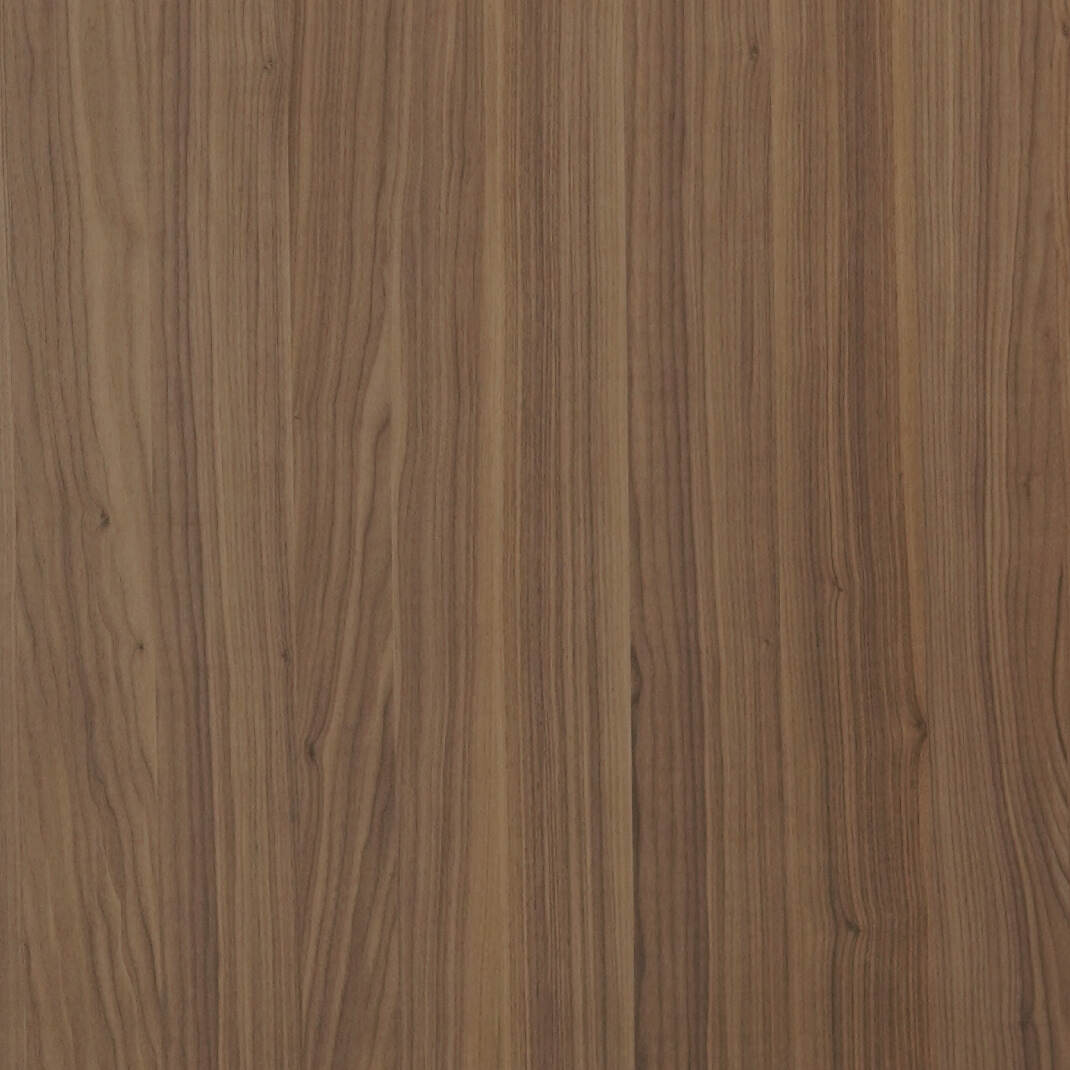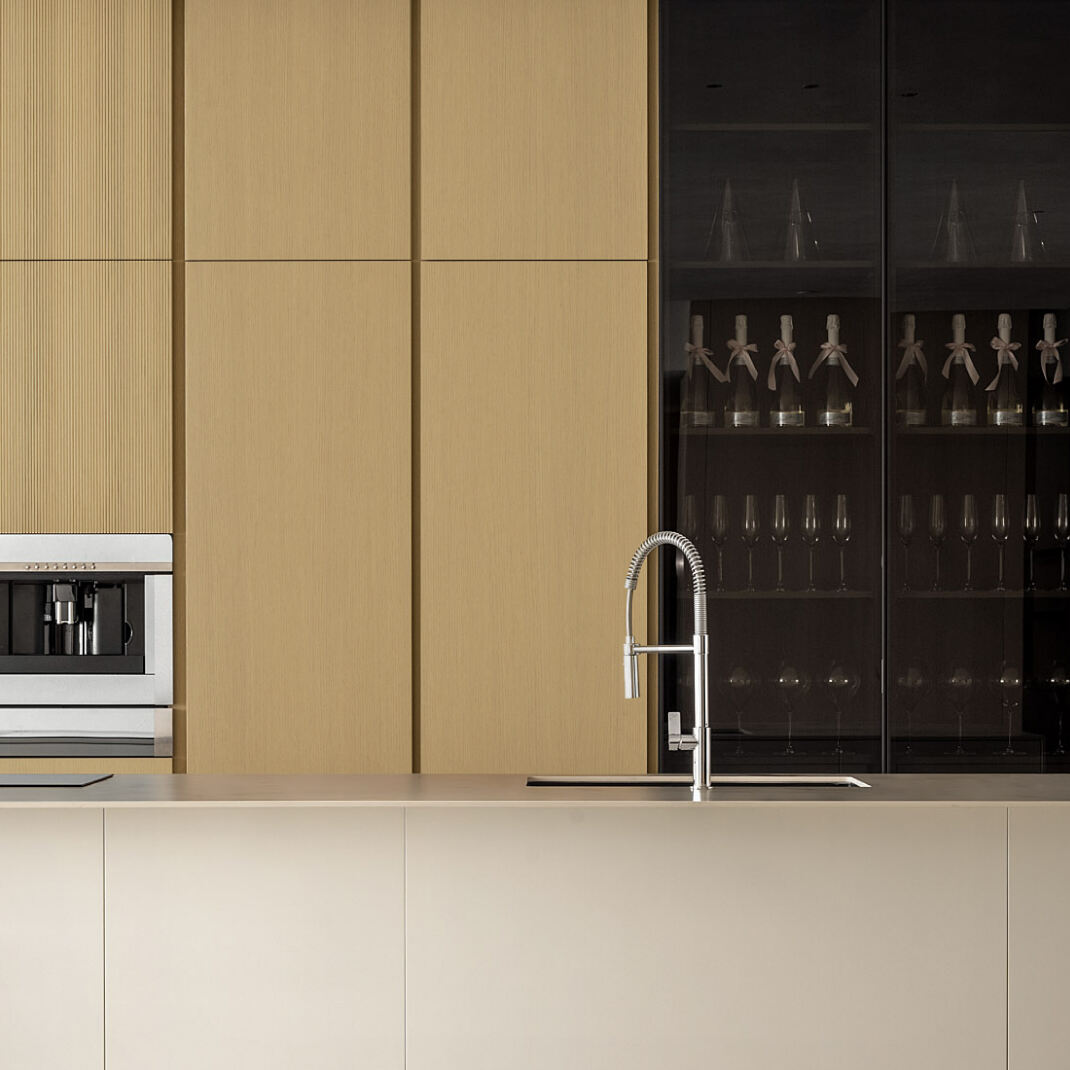The construction industry is experiencing a significant shift toward sustainable building materials, with milled panels emerging as a leading solution for environmentally conscious architects, contractors, and homeowners. These engineered wood products offer exceptional performance characteristics while maintaining a reduced environmental footprint compared to traditional building materials. As green building standards become increasingly stringent and consumer awareness grows, the demand for eco-friendly alternatives continues to drive innovation in panel manufacturing and design applications.

Modern sustainable milled panels represent a remarkable achievement in materials engineering, combining multiple wood layers through advanced adhesive technologies and precision manufacturing processes. These products deliver superior strength-to-weight ratios while utilizing renewable forest resources more efficiently than solid lumber alternatives. The manufacturing process optimizes wood fiber utilization, reducing waste streams and creating products that meet demanding structural requirements across residential, commercial, and industrial applications.
Understanding Sustainable Panel Manufacturing
Raw Material Selection and Sourcing
Sustainable panel manufacturing begins with responsible raw material selection from certified forest management programs. Leading manufacturers prioritize wood sourced from forests certified by the Forest Stewardship Council (FSC) or Programme for the Endorsement of Forest Certification (PEFC), ensuring that harvesting practices maintain forest ecosystem integrity. These certification programs require adherence to strict environmental, social, and economic standards that protect biodiversity, water quality, and indigenous community rights while supporting long-term forest productivity.
The species selection process for milled panels considers growth rates, regional availability, and performance characteristics to minimize transportation impacts while maximizing product quality. Fast-growing species like poplar, birch, and certain pine varieties are commonly utilized because they sequester carbon more rapidly and can be harvested on shorter rotation cycles. This approach reduces pressure on old-growth forests while providing consistent raw material supplies for panel production facilities.
Advanced Manufacturing Technologies
Contemporary panel manufacturing employs sophisticated technologies that maximize material utilization while minimizing energy consumption and waste generation. Computer-controlled cutting systems optimize log breakdown patterns to reduce waste, while advanced drying techniques lower energy requirements compared to traditional kiln-drying methods. These manufacturing improvements contribute to the overall sustainability profile of milled panels by reducing the carbon footprint associated with production processes.
Modern adhesive formulations used in panel construction have evolved to eliminate formaldehyde emissions and other volatile organic compounds that traditionally posed indoor air quality concerns. Bio-based adhesives derived from soy proteins, lignin byproducts, and other renewable sources are increasingly replacing synthetic alternatives, further enhancing the environmental credentials of finished panels while maintaining structural performance requirements.
Environmental Benefits of Milled Panel Systems
Carbon Sequestration and Storage
Milled panels serve as long-term carbon storage systems, effectively removing carbon dioxide from the atmosphere throughout their service life in building applications. The wood fibers within these panels continue to store carbon that trees absorbed during growth, creating a positive environmental impact that extends well beyond the forest harvest period. Studies indicate that wood products in buildings can store carbon for decades or even centuries, depending on the application and building lifespan.
The carbon storage benefits of milled panels become particularly significant when considering the scale of modern construction projects. Large commercial buildings utilizing these panels can sequester substantial quantities of carbon while providing essential infrastructure services. This carbon storage occurs in addition to the ongoing carbon sequestration provided by sustainably managed forests that continue producing timber for future panel manufacturing cycles.
Reduced Environmental Impact Compared to Alternatives
When compared to energy-intensive materials like concrete, steel, and aluminum, milled panels demonstrate significantly lower environmental impacts across multiple lifecycle assessment categories. The production of these panels requires substantially less energy input, generates fewer greenhouse gas emissions, and produces minimal toxic byproducts. Additionally, the renewable nature of wood resources means that future panel supplies can be maintained indefinitely through proper forest management practices.
Transportation impacts are also reduced when using locally or regionally produced milled panels, as these products typically weigh less than equivalent volumes of concrete or masonry materials. The lighter weight reduces fuel consumption during shipping and allows for more efficient loading configurations, further minimizing the carbon footprint associated with material delivery to construction sites.
Performance Characteristics and Applications
Structural Properties and Engineering Values
High-quality milled panels exhibit excellent structural properties that make them suitable for demanding load-bearing applications in both residential and commercial construction. The engineered construction of these panels creates consistent material properties throughout each sheet, eliminating the natural variations found in solid lumber that can compromise structural performance. This consistency allows engineers to specify panels with confidence, knowing that material properties will meet design requirements across entire building projects.
The dimensional stability of properly manufactured panels surpasses that of solid wood products, reducing the likelihood of warping, splitting, or other deformation issues that can compromise building integrity over time. This stability results from the cross-laminated construction techniques that balance wood grain orientations and internal stresses, creating panels that maintain their shape and structural properties under varying environmental conditions.
Versatile Design Applications
Milled panels offer exceptional design flexibility, enabling architects and designers to create innovative building solutions that would be difficult or impossible to achieve with traditional materials. The large panel sizes available allow for continuous surfaces that minimize joints and create clean, modern aesthetic effects. These panels can be used for flooring, wall systems, roofing applications, and even complex curved surfaces when specialized forming techniques are employed.
Surface finishing options for milled panels accommodate virtually any design vision, from natural wood grain exposures that showcase the beauty of the underlying material to painted or laminated surfaces that provide specific performance characteristics. The panels accept stains, paints, and protective coatings readily, allowing for customized appearances that complement various architectural styles while maintaining the underlying sustainability benefits.
Installation and Construction Benefits
Efficiency Improvements in Construction
The use of milled panels in construction projects typically accelerates building schedules compared to traditional stick-frame or masonry construction methods. The large panel sizes allow construction teams to enclose significant building areas quickly, reducing weather exposure risks and enabling interior work to proceed sooner. This construction efficiency translates to reduced labor costs and shorter project timelines, making sustainable building solutions more economically attractive to developers and contractors.
Precision manufacturing of milled panels ensures consistent dimensions and square edges that facilitate accurate installation and tight-fitting joints. This manufacturing precision reduces the need for extensive field adjustments and corrections that can delay construction progress and increase waste generation on job sites. The predictable dimensions also enable more accurate material ordering and reduced material waste.
Worker Safety and Handling Advantages
While milled panels are substantial building components, their engineered design often makes them lighter and easier to handle than equivalent volumes of traditional materials. The reduced weight decreases the physical demands on construction workers and reduces the likelihood of lifting-related injuries. Additionally, the smooth, consistent surfaces of manufactured panels are less likely to cause cuts, splinters, or other common construction injuries associated with rough lumber handling.
The improved dimensional consistency of milled panels also enhances worker safety by reducing the need for extensive cutting, fitting, and modification operations on construction sites. When panels arrive pre-sized for specific applications, workers spend less time operating power tools and performing potentially hazardous cutting operations, contributing to overall job site safety improvements.
Cost Considerations and Economic Value
Initial Investment Analysis
While sustainable milled panels may carry higher initial material costs compared to some traditional alternatives, comprehensive project cost analysis often reveals favorable economic outcomes when installation labor, construction timeline, and long-term performance factors are considered. The reduced labor requirements and faster installation times can offset material cost premiums, particularly on larger projects where construction efficiency gains become more significant.
The consistent quality and performance characteristics of milled panels reduce the risk of material-related construction delays and callbacks, providing additional economic value through improved project predictability. Contractors can bid projects with greater confidence when using materials with proven performance track records, reducing the need for contingency allowances that increase overall project costs.
Long-term Value Proposition
The durability and dimensional stability of quality milled panels contribute to long-term building performance that reduces maintenance requirements and extends service life. Buildings constructed with these panels typically experience fewer issues related to structural movement, moisture-related damage, and other common building problems that can generate expensive repair and maintenance costs over time.
Additionally, the growing market demand for sustainable building materials is creating positive value impacts for properties that incorporate these materials. Green building certifications and sustainability ratings can enhance property values and marketability, while also potentially qualifying projects for various incentives and financing advantages offered by government agencies and private organizations promoting sustainable construction practices.
Quality Standards and Certification Programs
Industry Standards and Testing Protocols
Reputable manufacturers of milled panels adhere to stringent industry standards that ensure consistent product quality and performance characteristics. These standards, developed by organizations such as the American National Standards Institute (ANSI) and ASTM International, establish testing protocols for structural properties, dimensional stability, moisture resistance, and other critical performance parameters that affect building applications.
Third-party testing and certification programs provide independent verification that manufactured panels meet specified performance criteria and quality standards. These certification programs typically involve regular factory inspections, product testing, and quality management system audits that ensure ongoing compliance with established standards and customer expectations.
Environmental Certification Programs
Environmental certification programs specifically focused on sustainable building materials provide additional assurance that milled panels meet rigorous sustainability criteria. Programs such as the Forest Stewardship Council (FSC) chain-of-custody certification track materials from forest to finished product, ensuring that environmental and social standards are maintained throughout the supply chain.
Green building rating systems including LEED (Leadership in Energy and Environmental Design) and BREEAM (Building Research Establishment Environmental Assessment Method) recognize the use of certified sustainable materials including milled panels in their scoring frameworks. These recognitions can contribute to overall building sustainability ratings and associated benefits including enhanced marketability and potential regulatory advantages.
FAQ
What makes milled panels more sustainable than traditional building materials
Milled panels are considered more sustainable because they are manufactured from renewable wood resources sourced from responsibly managed forests, store carbon throughout their service life, and require significantly less energy to produce compared to materials like concrete or steel. Additionally, modern manufacturing processes minimize waste and utilize eco-friendly adhesives that eliminate harmful emissions, creating products that support both environmental and indoor air quality goals.
How do milled panels perform in different climate conditions
High-quality milled panels demonstrate excellent dimensional stability across varying climate conditions due to their engineered construction that balances internal stresses and grain orientations. The cross-laminated design reduces expansion and contraction compared to solid wood products, while proper sealing and finishing protect against moisture infiltration. However, like all wood products, proper installation and moisture management remain important for optimal long-term performance in any climate.
Are milled panels suitable for load-bearing structural applications
Yes, engineered milled panels are specifically designed for structural applications and often exceed the performance characteristics of solid lumber in load-bearing situations. The manufacturing process creates consistent material properties throughout each panel, eliminating natural defects that can compromise structural integrity. Engineers can specify these panels with confidence for floors, walls, and roof systems, provided that appropriate grades and specifications are selected for each specific application.
What certifications should I look for when selecting sustainable milled panels
Look for panels that carry Forest Stewardship Council (FSC) or Programme for the Endorsement of Forest Certification (PEFC) chain-of-custody certification, which ensures responsible forest management practices. Additionally, seek products that meet relevant structural standards such as those established by ANSI or ASTM, and consider panels that contribute to green building certifications like LEED or BREEAM. Low-emission certifications for indoor air quality are also important for interior applications.



